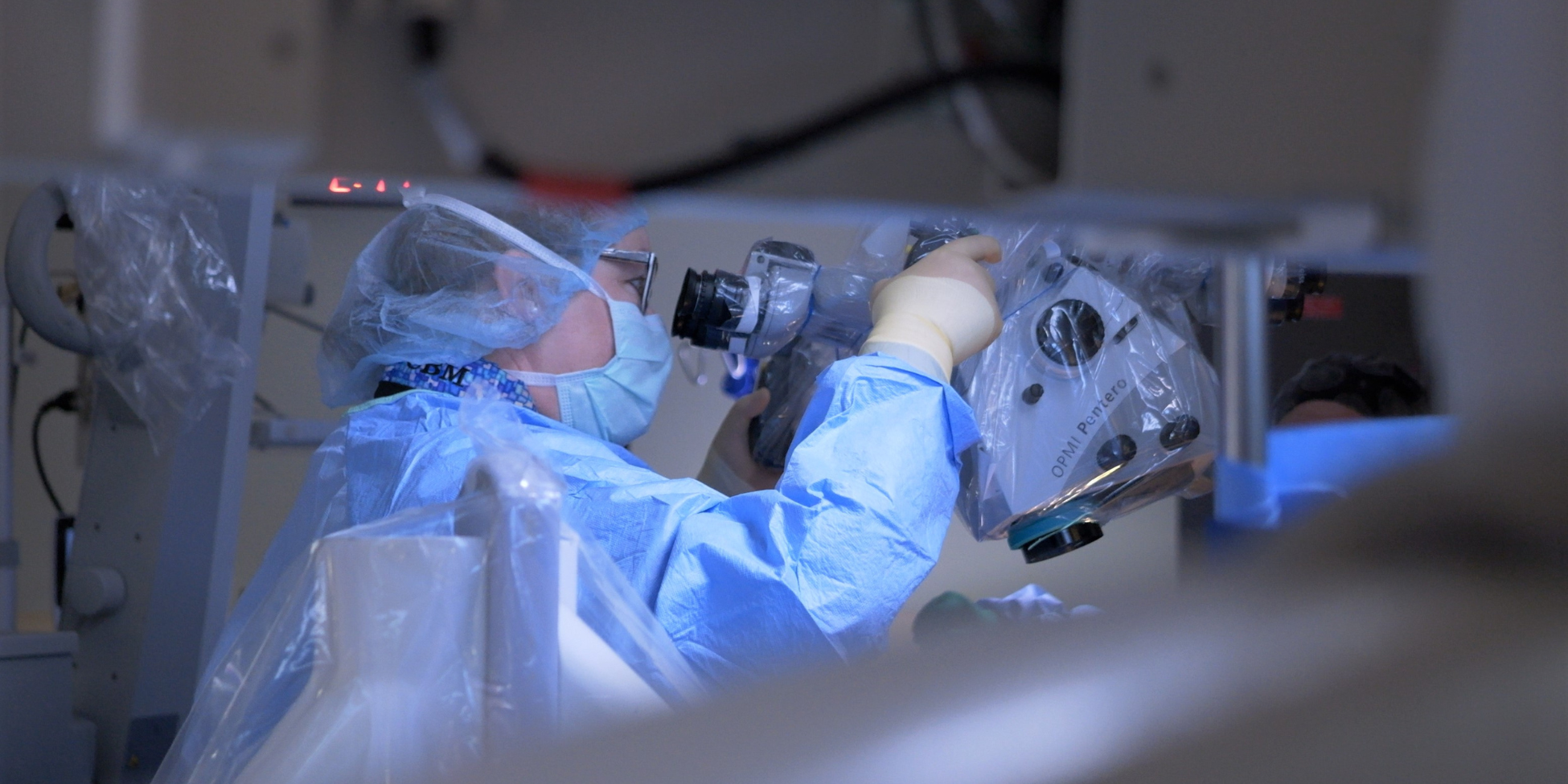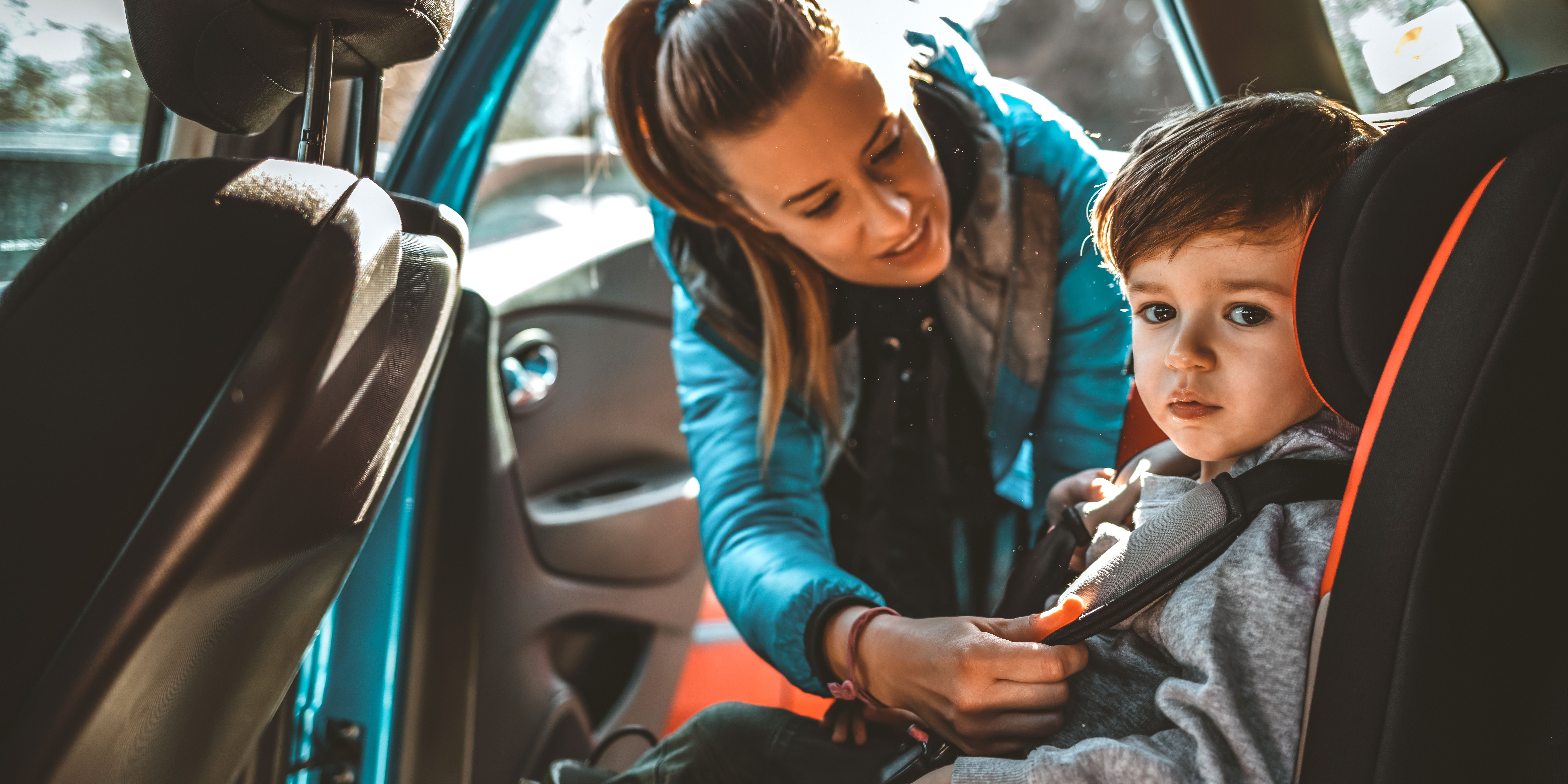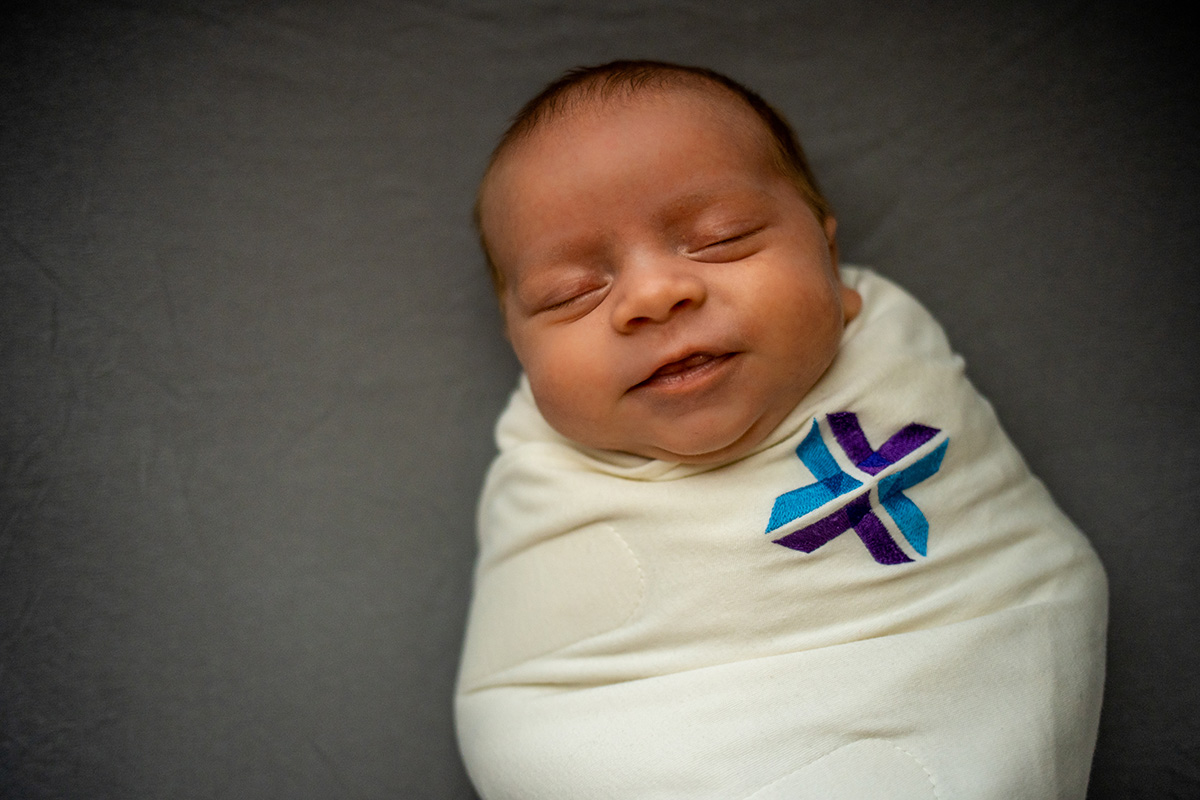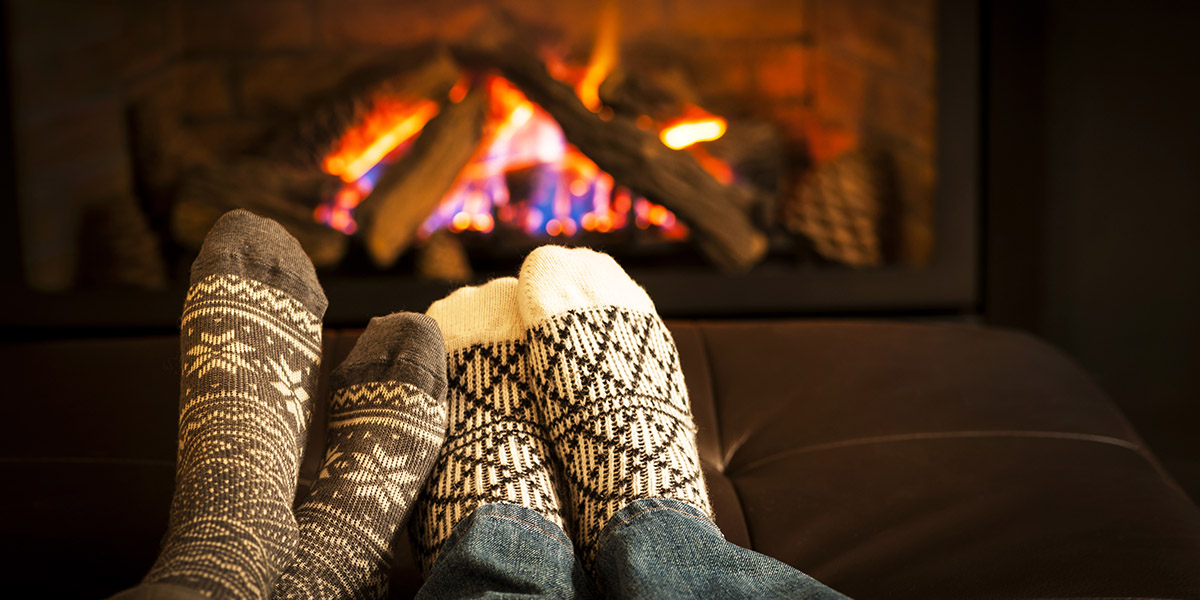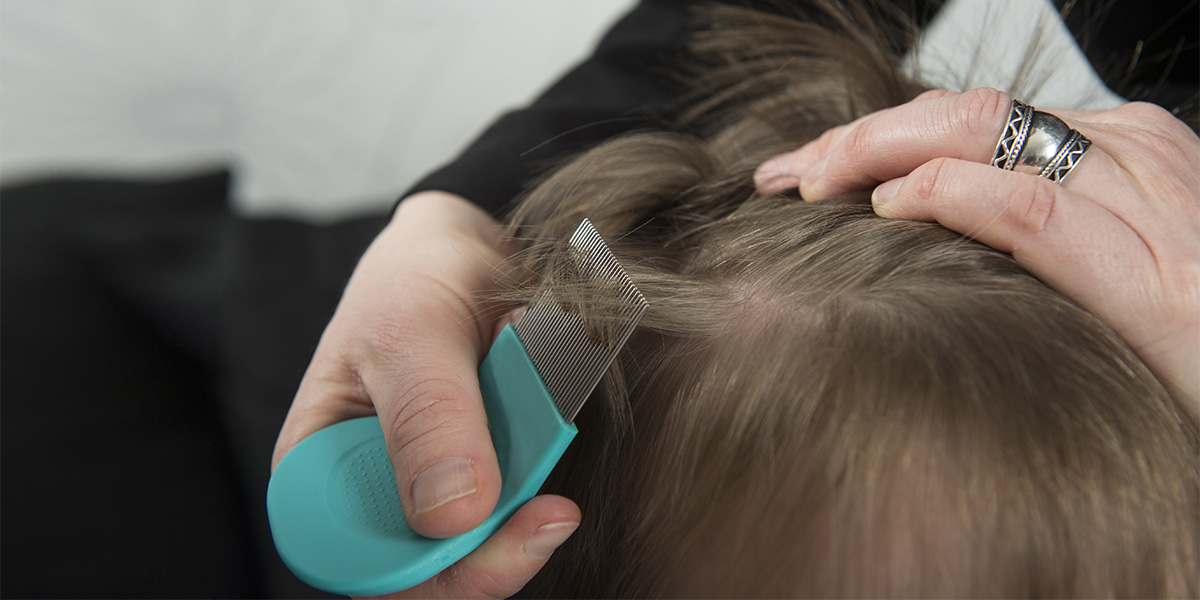
Keep out of my hair: Lice prevention
Your child comes home with a letter from the teacher, and it says those dreaded words: “One student in your child's class has lice.”
Before you panic and switch schools, follow these 7 steps to help prevent the lice spreading to your child's head, according to the Center for Disease Control and Prevention:
- Avoid head-to-head contact during play and other activities at home, school, sports activities, playground, slumber parties and camp.
- Do not share items such as hats, combs, scarves, brushes, coats, sports uniforms, hair ribbons, towels or barrettes.
- Disinfest combs and brushes used by an infested person by soaking them in hot water (at least 130°F) for 5-10 minutes.
- Do not lie on beds, couches, pillows, carpets, or stuffed animals that have recently been in contact with an infested person.
- Machine wash and dry clothing and bed linens that an infested person wore or used during the two days before treatment using the hot water laundry cycle and the high heat drying cycle. Clothing and items that are not washable can be dry-cleaned OR sealed in a plastic bag and stored for two weeks.
- Vacuum the floor and furniture, particularly where the infested person sat or lay.
- Do not use fumigant sprays or fogs; they are not necessary to control head lice and can be toxic if inhaled or absorbed through the skin.
What if my child is the one with lice?
This requires using an over-the-counter or prescription medication. Follow these 8 treatment steps:
- Before applying treatment, it may be helpful to remove clothing that can become wet or stained during treatment.
- Apply lice medicine, also called pediculicide, according to the instructions contained in the box or printed on the label. If the infested person has very long hair (longer than shoulder length), it may be necessary to use a second bottle. Pay special attention to instructions on the label or in the box regarding how long the medication should be left on the hair and how it should be washed out.
- Do not use a combination shampoo/conditioner, or conditioner before using lice medicine. Do not re-wash the hair for 1-2 days after the lice medicine is removed.
- Have the infested person put on clean clothing after treatment.
- If a few live lice are still found 8-12 hours after treatment but are moving more slowly than before, the medicine may take longer to kill all the lice. Comb dead and any remaining live lice out of the hair using a fine-toothed nit comb.
- If, after 8-12 hours of treatment, no dead lice are found and lice seem as active as before, the medicine may not be working. Speak with your healthcare provider; a different pediculicide may be necessary.
- After each treatment, checking the hair and combing with a nit comb to remove nits and lice every two to three days may decrease the chance of self-reinfestation. Continue to check for 2-3 weeks to be sure all lice and nits are gone. Nit removal is not needed when treating with spinosad topical suspension.
- Retreatment is meant to kill any surviving hatched lice before they produce new eggs. For some drugs, retreatment is recommended routinely about a week after the first treatment (7-9 days, depending on the drug) and for others only if crawling lice are seen during this period. Retreatment with lindane shampoo is not recommended.
If you have any concerns, call your pediatrician's office.









